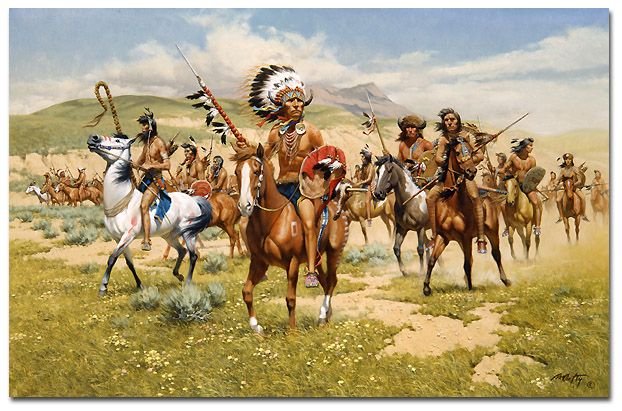By the start of the eighteenth century, though no longer the political power it had once been, the Spanish Empire was still the largest empire in the world, a matter complicated by the condition of its king, Charles II, who thanks to years of inbreeding, was a physiological mess of a human being with no hope of ever creating an heir. As a result, when Charles II died in 1700, the marriages of his sisters led to two competing claims to the Spanish throne, one by a member of the French royal family, which the French of course supported, and one by the Austrian royal family, which was supported by pretty much everyone else, including Austria, England, the Dutch, Prussia, and Portugal. The resulting War of the Spanish Succession lasted from 1701 to 1714, resulting in a massive investment and professionalization of European armies and navies, and conflict spilling over from Europe to colonies in the Americas, India, and Asia.
In the Americas, the conflict was known as Queen Anne’s War, whom was the reigning monarch of England at the time, and nothing is quite as flattering as having a war named after you. Now the fact that the war spilled over to the colonies should come as no surprise, given that all of the major colonial players were involved, and all sides were looking for some reason to beat the shit out of each other in order to gain better control over the fur trade in North America and the sugar trade in the Caribbean. Within what is today the United States, there were two main theaters, one in north focused between New England and Quebec, and a second in the south, focused between the English Carolina colony and Spanish Florida.
In the north, New England was still recovering from King William’s War just five years prior, especially given the fact that their former allies, the Iroquois Confederacy, had decided both England and France could just go fuck themselves and wanted no part of the conflict. However, the French and their allies, the Wabanaki Confederacy, not feeling the same way, started raiding New England and Newfoundland pretty much right from the start, wrecking all sorts of shit and wreaking all sorts of havoc. The English navy and colonial navies retaliated, attacking Nova Scotia and Quebec multiple times, but other than capturing Nova Scotia in 1710, their attempts were largely ineffectual and the raids continued throughout the war.
In the south, Florida had long been a Spanish possession, though one which was largely only kept around as a deterrent to using the territory as a base for attacking Spanish treasure fleets. To the north, Carolina had been an English possession since 1670, an area of growing prosperity thanks to some cash crops and the native slave trade. To the west, the French had only recently established Louisiana in 1699, but were already making deep trade inroads in the surrounding area, mostly with tribes who were trying to avoid enslavement by the English allied tribes, which greatly concerned the Carolina colonists who profited from said native slaves. All three sides had their native allies in the war. The Spanish had various tribes in Florida; the English had the Creek Confederacy, Chickasaw, and Yamasee; and the French had the Choctaw. However, unlike the Spanish and the French, the English were more than happy to arm their allies with firearms, which gave them a decided advantage. Over the course of the war, the Carolina militia and its native allies dominated their opponents, nearly completely wiping out the entire native population of Florida in a series of raids and masscares.
Queen Anne’s War and the related European conflict ended in 1714, with the French supported new king of Spain firmly in control, but otherwise pretty much everyone but England getting the short end of the stick. While the war nearly bankrupted the French, Spanish, and Dutch, the English had established a large professional navy, which allowed them to become the dominant maritime power in the world. They as well formally combined the crowns of England and Scotland into the United Kingdom, forging a new identity of being British rather than English and Scottish. In North America, their success in the south allowed them firmly take hold of territory south of Carolina, and in the north, they managed to take full control of Nova Scotia, Newfoundland, Hudson’s Bay, and what is today Maine. As well, some of the member tribes of the Wabanaki Confederacy had chosen to make a separate peace with the English, weakening French control over a once key ally. However, as you can probably imagine, the conflict for dominance in North America was far from over.






